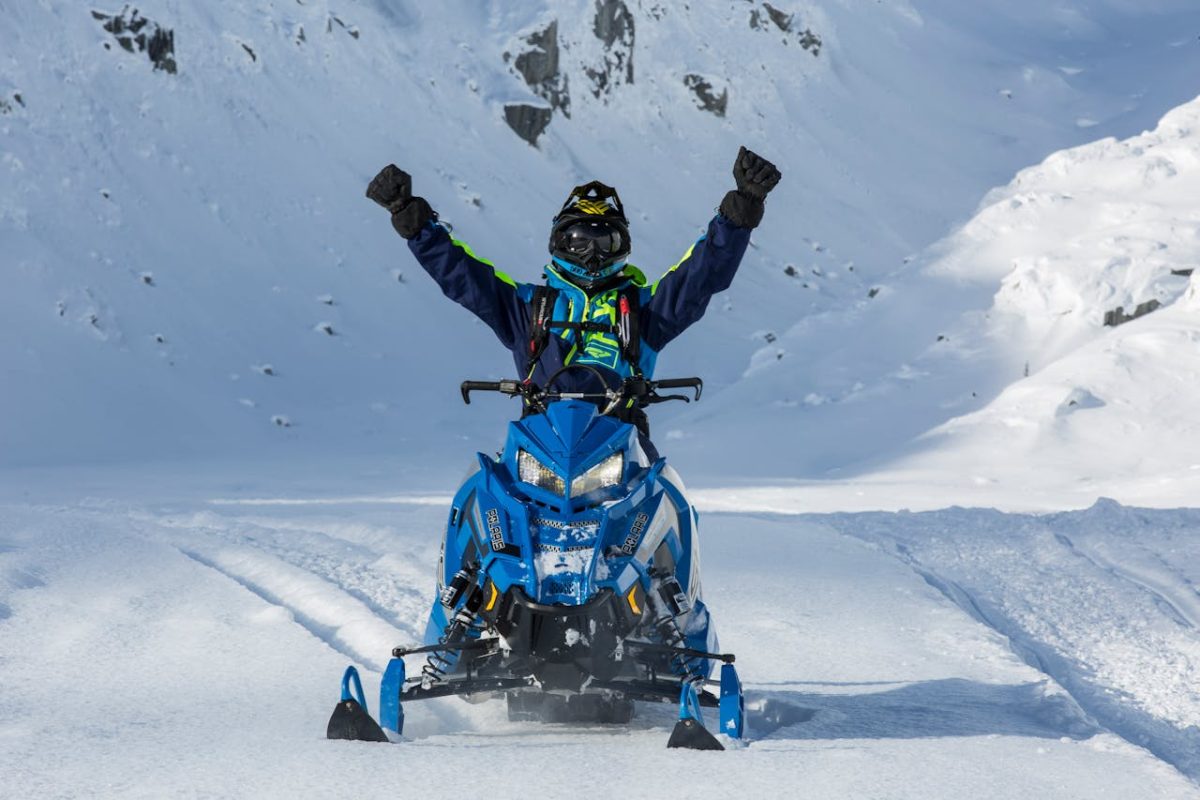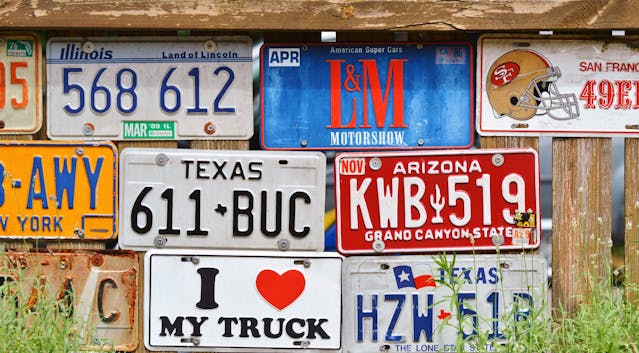Those Midwestern cold snaps and first snowfalls always seem to come earlier than expected. Like with “van life,” some people yearn to be on a snowmobile. If you hate being cooped up all winter, you might even consider buying one. It’s one way to continue the outdoor fun and connect with nature.
If there’s more than one user in the household, all the more reason to consider this investment. However, there are some important considerations before committing. We’ll help you think through the decision.
1. How Much Do You Enjoy Snowmobiling?
The first question to answer is pretty straightforward. If you already know you love the snowmobiling experience, then being a proud owner of one may seem like a great idea. Here’s a map of snowmobile trails in Illinois to boost your imagination and help you plan your next trip.
The next questions are:
- How much use would you get out of it?
- Do you have space for storing one?
- Can you afford a new or used snowmobile?
- How would you transport one?
Answering them will get you closer to figuring out whether a purchase truly makes sense.
2. How Will You Transport Your Snowmobile?
Unless you have a pickup where it will fit nicely, you may need a sled deck or trailer. Transporting it is another factor that can impact the overall cost and practicality of ownership.
- Tip: If a major snowmobile trail system is hours away, plan on regular weekend road trips.
When you’re ready, contact your nearby CFSC Auto location to register your snowmobile.
3. Do You Know About Snowmobile Regulations & Safety?
Ownership means following snowmobile laws, which include registration, safety equipment like helmets for riders under 18, and abiding by trail or park rules. Being safe also means knowing how to assess ice thickness, avoid dangerous terrain, and respect other riders and hikers.
- Tip: Take a snowmobile safety course online, and learn about safe riding areas through local clubs or trail associations.
4. Consider Snow Season & Trail Conditions
Snow conditions in Illinois can be inconsistent year to year. Will you take your snowmobile out of state? You may find more gentle hills and snowy days in Michigan or Wisconsin – yay! Public trails typically require at least four inches of snow on frozen ground before opening.
Northern Illinois may get a few good stretches, but farther south the odds drop significantly.
- Tip: Check this year’s almanac for a realistic winter forecast.
5. Budget Ownership Costs Realistically
It’s like car ownership. There will be other expenses that should be factored into your budget. A few possibilities:
- Trailer for transporting it
- Fuel costs
- Maintenance and parts
- Insurance
- Other travel costs
Illinois requires registration, and some trails require permits or club memberships. In other states, those kinds of costs can add up too. Budget not just for the initial purchase, but for any ongoing annual costs. Consider renting one for a trip or two before committing.
6. Where to Register Snowmobiles in Illinois & Milwaukee?
It’s not worth risking fines for a small registration or title error.
Even in a low-use year, it’s still vital to have your title and licence in order. For simple, fast service, visit any CFSC Auto Services and an assistant will make sure your paperwork is up to date. Call first to clarify fees, requirements, and documentation needs.
Registration is also available at CFSC Auto Services throughout Milwaukee, WI.
Visit us online for more information about our licensing services, which include auto titles, transfers and much more!




